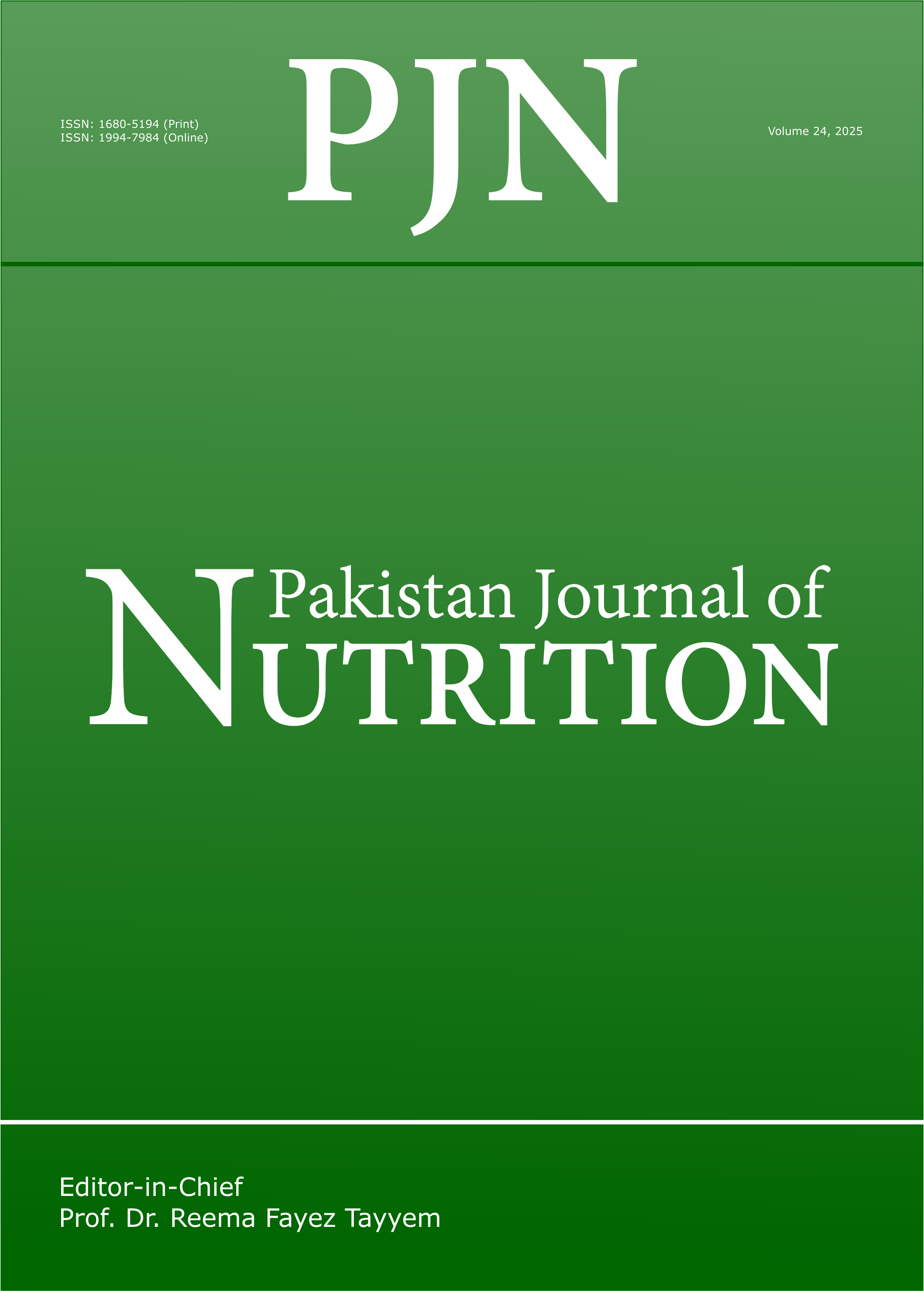Effect of Exogenous Enzymes on the Growing Performance of Broiler Chickens Fed Regular Corn/Soybean-Based Diets and the Economics of Enzyme Supplementation
DOI:
https://doi.org/10.3923/pjn.2008.534.539Keywords:
Broiler chicken, corn-soybean diets, economic analysis, enzyme, performanceAbstract
A study was conducted to compare the effects of two sources of exogenous enzymes on performance of broilers fed regular corn/soybean diets and economics of enzyme supplementation. Bergazym P (Berg) and Hemicell-D (Hemi) were added at rates of 0.025 and 0.05%, respectively, to a control diet (Con) for starter (1-21 d) and finisher (22-42) phases in a completely randomized design. Birds were randomly allotted according to body weight to 3 dietary treatments with 12 replicate per treatment (50 chicks per replicate). Enzyme supplementation had no significant effect of feed intake (FI) at 21 and/or 42 days, even though, enzyme-supplemented birds consumed more feed than Con. Birds fed Berg and Con diets had comparable feed conversion ratios (FCR) at 42 days and were significantly (P<0.05) more efficient than Hemi diet. Body weight (BW) was no significantly affected by enzyme supplementation, however, birds fed Con and Berg weighed heavier than Hemi group at 42 days. Body weight gain (BWG) was numerically greater for birds fed Con and Berg diets at 21 and/or 42 days compared to Hemi diet, despite no significance reported. Economic analysis showed no monetary benefits from including the enzymes in poultry diets as there were no significant differences in final BW among the three diets. Furthermore, birds fed Con diets weighed heavier than birds fed enzyme-supplemented diets. Calculations for the three budgets show a reduction in gross margins and cost-benefit ratio when Berg and Hemi were added compared to Con diet due to reductions in final BW.
Downloads
Published
Issue
Section
License
Copyright (c) 2008 Asian Network for Scientific Information

This work is licensed under a Creative Commons Attribution 4.0 International License.
This is an open access article distributed under the terms of the Creative Commons Attribution License, which permits unrestricted use, distribution and reproduction in any medium, provided the original author and source are credited.

